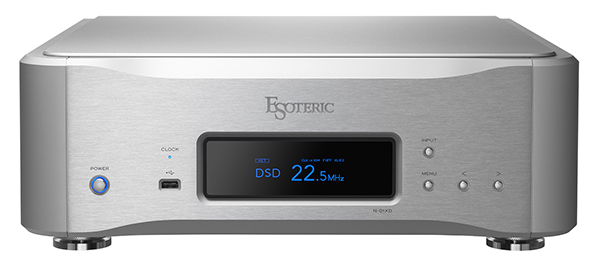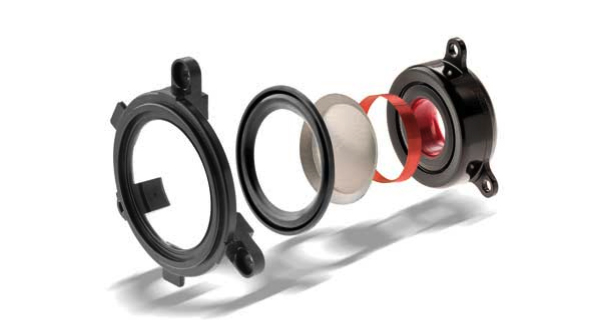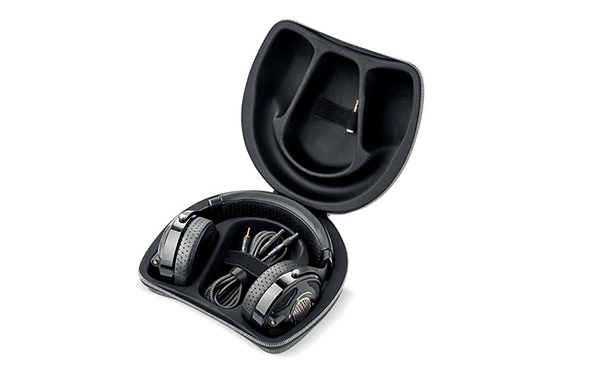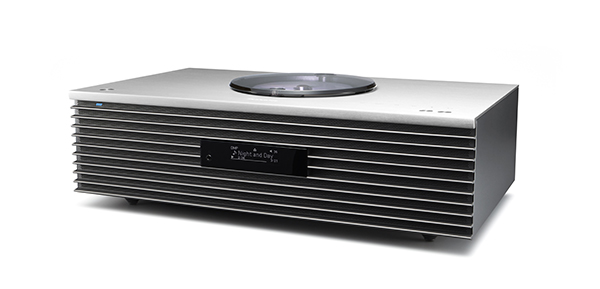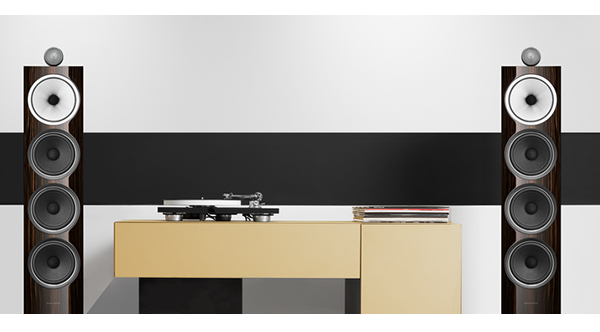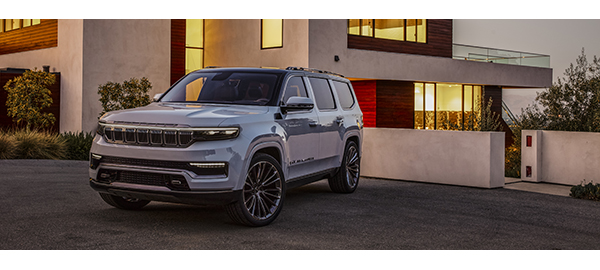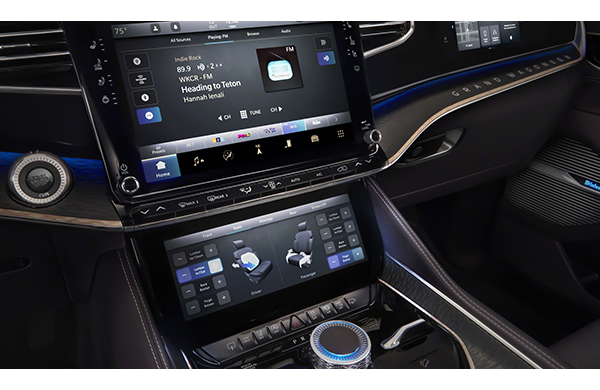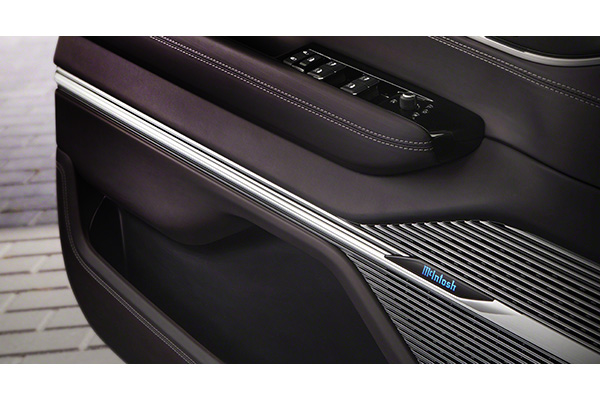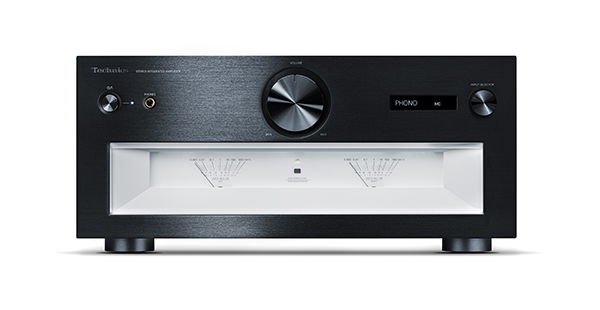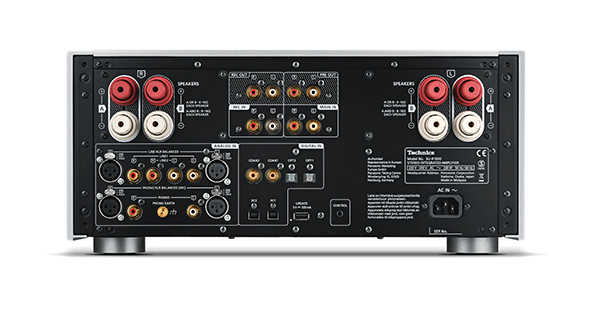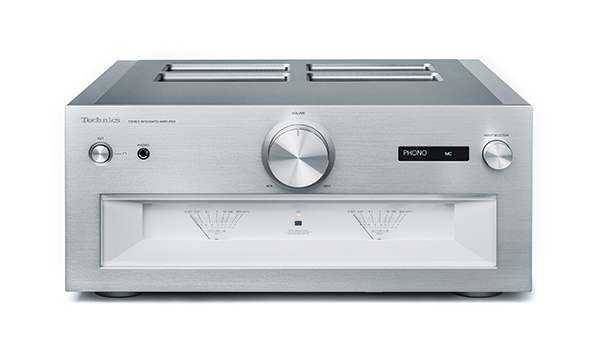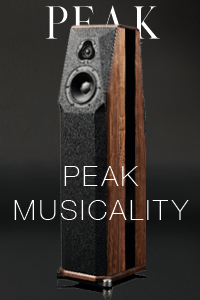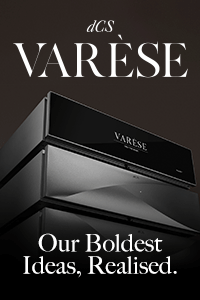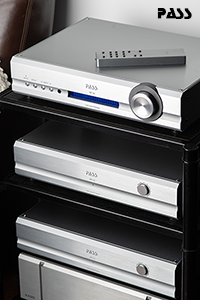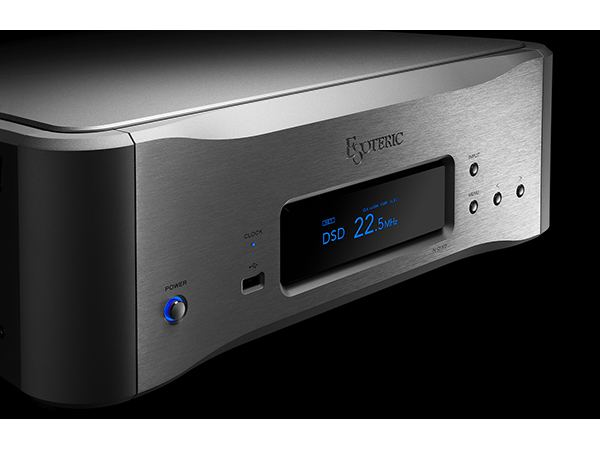 Two years ago, we awarded Esoteric’s N-01 network player our product of the year in the digital category. Now, they return with the XD version of this highly capable network player and world-class DAC.
Two years ago, we awarded Esoteric’s N-01 network player our product of the year in the digital category. Now, they return with the XD version of this highly capable network player and world-class DAC.
At $20,000, this will not be an impulse buy for most, but on one level, it is an even better value than the product it replaces. As much excitement as there is over high-resolution formats, the true mettle of a great DAC is often how well it decodes standard 16/44 files. Listening to the title track of John Klemmer’s Barefoot Ballet is simply stunning. Klemmer’s use of the echoplex with his sax makes for an open, airy presentation. This is an average recording, yet the N-01XD shines as much as it will on your favorite 24/192 or DSD recording. The level of realism the N-01XD offers up is incredible. And I’m guessing that most of you with extensive digital libraries, or those streaming music, still have a disproportionate amount of your music at standard CD resolution. The ability to present extraordinary reproduction at 16/44 is a huge win, and the N-01XD delivers.
Getting to the music
While Esoteric offers its own music player, it can also be used as a ROON endpoint. This is where I did the bulk of my listening. With five systems between the studio, house, my wife’s office, and the garage, the ROON ecosystem makes it easy to merge NAS, Tidal, Qobuz, and Spotify effortlessly. If you happen to be an audiophile sticking to one streaming service, and maybe a NAS, you may not need the functionality that ROON provides. In this case, the Esoteric player will serve you just fine.
Those still spinning physical digital media can use one of Esoteric’s excellent transports (if you want to keep it all Esoteric – and why would you not?) via their high-performance ES-Link inputs. This also allows native DSD playback from SACD discs – a bonus for those with extensive SACD collections. The high-quality Ethernet connection offers the next best sound quality making the N-01XD easy to locate far enough from your NAS (if you are using one) to not have to hear it. And all the more convenient for those just using a streaming service.
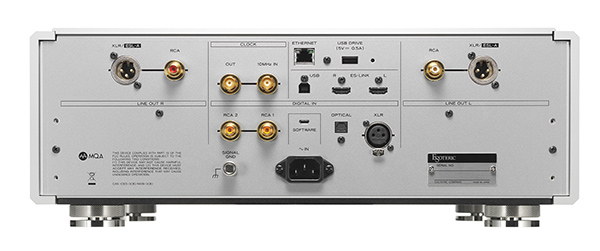 Rounding out the picture, RCA, USB, XLR, and even optical inputs are available. Don’t laugh – connecting my 90s era SONY ES 10-disc changer to the N-01XD via a 12-foot long optical cable from an adjacent room still provides incredibly good performance. As I did not have an Esoteric transport on hand, I used the one in my dCS Vivaldi, but an Esoteric transport will provide even better performance because of the ES Link. Sometimes you gotta use what you have on hand.
Rounding out the picture, RCA, USB, XLR, and even optical inputs are available. Don’t laugh – connecting my 90s era SONY ES 10-disc changer to the N-01XD via a 12-foot long optical cable from an adjacent room still provides incredibly good performance. As I did not have an Esoteric transport on hand, I used the one in my dCS Vivaldi, but an Esoteric transport will provide even better performance because of the ES Link. Sometimes you gotta use what you have on hand.
Finally, the N-01XD offers both RCA and balanced XLR outputs. Both easily drive a 30-foot length of cable, so if you need to place yours away from the system, that’s easy. This is of particular advantage here; we were able to use the balanced outputs to drive the main system in room one, and the RCAs to drive the system in room two as well. Again, the ability to drive two separate systems if the need arises, adds to the value proposition of the N-01XD
Tech talk
The N-01XD provides a level of playback that few DACs can match. Much of this comes from the XD model’s improvements – many of them courtesy of the Master Sound Discrete DAC circuitry in their top Grandioso D1X DAC. The DAC section of the N-01XD actually has 64bit resolution, so this is as future proof as it gets. Now using FPGA circuitry instead of individual DAC chips, the N-01XD will be able to be updated to future functionality via the data socket on the rear panel.
As with our Aqua Audio, dCS, and PS Audio DACs, an FPGA configuration is easy to upgrade when the time comes. With a DAC based on a chipset, you’re at the end of the road. The experience I’ve had with dCS and PS have been fantastic, so I expect the same with Esoteric.
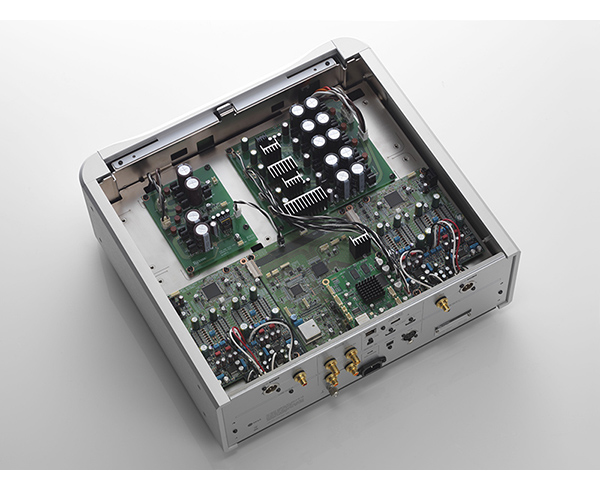 Though this is an expensive piece of gear, it will have a long service life.
Because all of the digital processing is performed in software, Esoteric is able to provide unique decoding algorithms for DSD and PCM files. With no conversion taking place, each can be processed optimally. Those with extensive DSD libraries will be able to take full advantage of the N-01XD.
Because it incorporates so much of the tech from the Grandioso series, the N-01XD can easily be the last DAC/streamer you buy.
Though this is an expensive piece of gear, it will have a long service life.
Because all of the digital processing is performed in software, Esoteric is able to provide unique decoding algorithms for DSD and PCM files. With no conversion taking place, each can be processed optimally. Those with extensive DSD libraries will be able to take full advantage of the N-01XD.
Because it incorporates so much of the tech from the Grandioso series, the N-01XD can easily be the last DAC/streamer you buy.
If you get the itch for more performance, you can always add an external clock. My experience with the Esoteric clock is indeed exciting. While I haven’t heard their Grandioso clock with the N-01XD, I have listened to it with the Grandioso player, with stunning results. The extra timing accuracy that a top-quality external clock brings can not be understated.
Esoteric offers three clocks from about $9,000, all the way up to $26k for the Grandioso. Their mid-range G-01X ($20,000) would probably be the one I’d pair with this player. When I’ve heard Esoteric DACs with and without the clock, it’s the last bit of icing on the cake. Switching the clock on lifts the last veil of digital sound, so it’s nice to know that even the lofty N-01XD does have an upgrade path.
More listening
The Esoteric N-01XD is one of the few digital components that renders digital files so naturally and effortlessly, you might find your turntable collecting a lot of dust once you install it into your system. I can honestly say I was not itching to spin any vinyl while the Esoteric was here. If you don’t have a turntable, you might not jump off the analog cliff. As much fun as my favorite rock records were, thanks to the incredible dynamic range the N—01XD provides, it really shines with acoustic material.
The two violins and cello that make up the Janaki String Trio are breathtaking, streamed at 88.2/24. Reproducing the violin and piano with enough acoustic space and tone to feel real is tough for analog, but to nail this in the digital domain is something that few digital players at any price can accomplish. When violins are wrong, and they nearly always are, you just want to leave the room, but here, you just might be brought to tears. It’s that good.
Backing this up with a spin of another Yarlung Records great – The Yuko Mabuchi Trio, vol.1 is incredibly engaging. Ms. Mabuci has such a delicate touch on the keys,reproduced flawlessly is lovely. You’ll find yourself lost in the music in seconds. Great as the piano playing is on this album, the depth of the applause from the audience is hauntingly real. You’ll be looking for the surround speakers, yet there are none. This is two-channel audio in its finest moment.
And of course, my favorite Crosby, Stills, and Nash records sound great too. The N-01XD unravels the three voices, giving each one their own distinct space between the speakers, providing more than a few moments where you can close your eyes and feel like you are right there in the studio.
As real as it gets Rather than bore you with all the specs and such (though you can read them here if you like) the Esoteric N-01XD needs to be experienced to believe. In 2020, the digital vs. analog ship has sailed. The combination of low-level resolution, and tonal gradation is some of the finest going. The only thing taking away from the sheer value of this player is that it might just force you into a major analog upgrade, should you be playing analog files. But that’s part of the fun.
The latest version of Esoteric’s network player is a digital tour de force.
The Esoteric N—01XD
MSRP: $20,000
Peripherals
Preamplifier Pass Labs XSPre
Amplifier Pass Labs XA200.8 monos
Speakers Sonus faber Stradiveri w/six pack of REL no.25 subwoofers
Cable Cardas Clear




